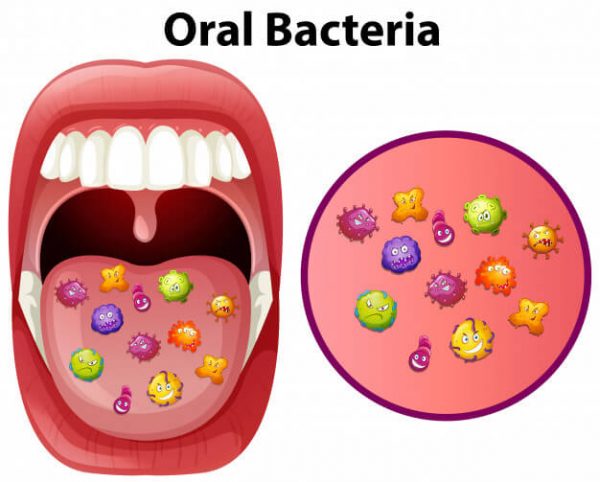Periodontal Disease

What is periodontal disease?
It is the swelling of the soft tissue surrounding your teeth from bacteria build up that has not been removed. There are 4 stages of periodontal disease the first stage is gingivitis. Believe it or not it is very common. It is caused by plaque or bacteria build up, if left untreated it can lead to periodontitis. Which is inflammation of the tissue with the start of bone loss and tissue shrinkage. In very serious cases it can lead to tooth loss.
Stages of periodontal disease
Stage 1- Gingivitis: The bacteria from plaque cause gum irritation. Your gums may be slightly puffy, red and bleed when flossing or brushing, but it is not always painful. This stage is reversible.
Stage 2- Early Periodontitis: The inflammation of your tissues progresses into the supporting structures of your teeth (bone). Your gums may bleed slightly more.
Stage 3- Moderate Periodontitis: There is continued inflammation and loss of the bone surrounding the teeth, the root of the teeth may begin to show. Also may have some movement in the teeth.
Stage 4- Advanced Periodontitis: This is the most severe form of gum disease. At this stage bone loss and tooth mobility increases, leaving the teeth very mobile, eventually leading to losing teeth.
How to prevent gum disease?
Good oral hygiene.
- Brushing 2 times a day for at least 2 minutes
- Flossing once a day as well as using an antibacterial tooth paste
- Eating healthy nutritious meals and avoiding foods with a lot of sugar
- Avoid Smoking
- Having regular cleanings and checkups with your Dentist and Dental Hygienist
There are different ways to treat the different stages of periodontal disease these are some of the ways we treat
- Root planning and scaling, with local anesthetic to get a deep clean under the gums.
- Laser therapy
- Gum surgery (gingivectomy/ gingival graft)
- Bone graft, to replace bone that has been destroyed.
- Guided tissue regeneration



